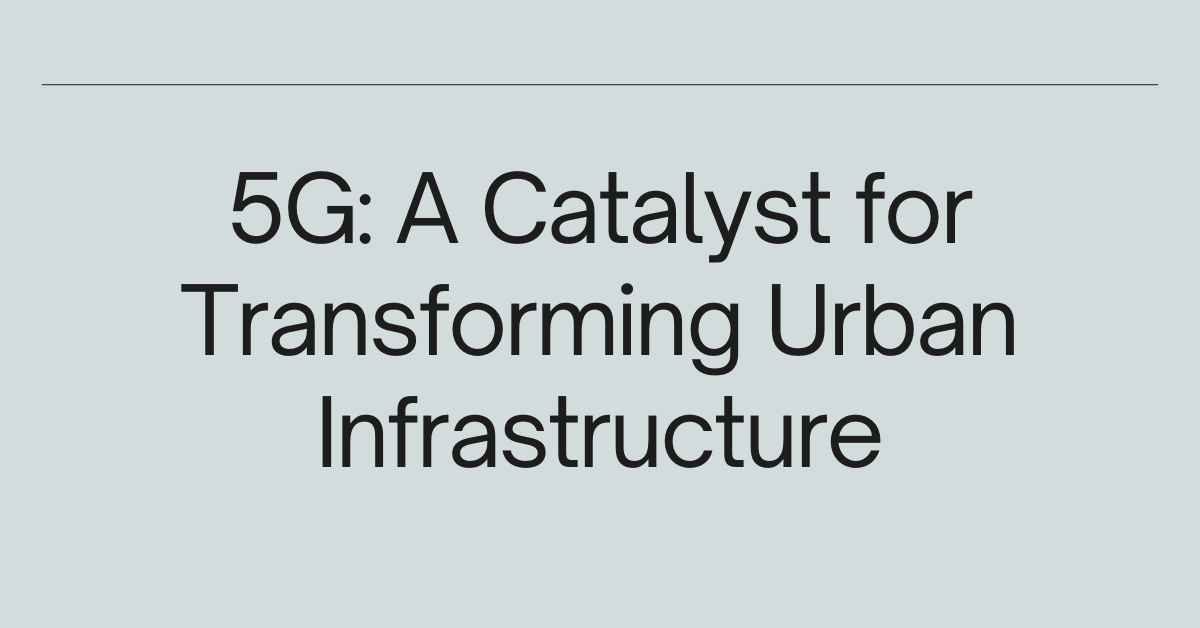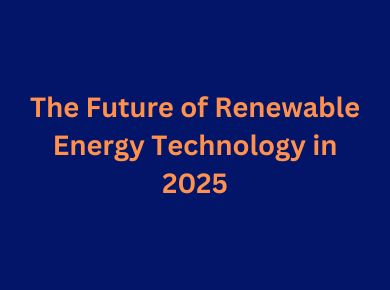The advent of 5G technology represents a significant leap forward in mobile connectivity, poised to fundamentally reshape urban infrastructure. As cities contend with growing populations and increasing demands on resources, 5G offers a critical pathway to building smarter, more sustainable urban environments. This article examines the transformative impact of 5G on urban infrastructure and its role in shaping a connected future.
The Backbone of Smart Cities
5G serves as the backbone of smart cities, facilitating seamless communication between billions of devices. Unlike its predecessors, 5G delivers ultra-low latency, immense data capacity, and unprecedented speed. These capabilities support the Internet of Things (IoT), where sensors, cameras, and other smart devices interact in real time to manage traffic, monitor air quality, and enhance public safety. For instance, 5G-powered smart traffic systems can alleviate congestion by dynamically adjusting traffic signals based on real-time data.
Transforming Urban Transportation
Urban transportation is undergoing a transformation driven by 5G. Autonomous vehicles depend on instantaneous communication with surrounding infrastructure to operate safely and efficiently. With 5G, vehicles can exchange data with traffic signals, road sensors, and other vehicles, minimizing the risk of accidents and optimizing routes to save time and fuel. Additionally, public transit systems can utilize 5G to provide real-time updates, ensuring smoother commutes for passengers.
Enhancing Public Services
Municipal services, from waste management to energy distribution, are becoming more efficient with 5G. Sensors embedded in waste bins can alert collection teams when emptying is required, optimizing routes and reducing fuel consumption. Similarly, 5G-powered smart grids enable dynamic energy management, balancing supply and demand in real time to minimize energy waste.
Strengthening Urban Resilience
In the face of climate change and increasing natural disasters, 5G plays a crucial role in enhancing urban resilience. Advanced monitoring systems can identify structural issues in bridges or buildings early, ensuring timely maintenance and preventing potential failures. Moreover, 5G-enabled drones can support disaster response efforts by providing real-time imagery and delivering critical supplies to otherwise inaccessible areas.
Overcoming Challenges
Despite its vast potential, the implementation of 5G presents challenges. Deploying the necessary infrastructure requires substantial investment and collaboration among stakeholders. Cybersecurity and data privacy are also pressing concerns, as the proliferation of connected devices increases vulnerabilities. Addressing these challenges will require concerted efforts by governments, industries, and other stakeholders to ensure secure and equitable access to 5G technology.
Conclusion
5G is not merely a technological advancement; it is a catalyst for transforming urban infrastructure. By enabling smarter cities, revolutionizing transportation, enhancing public services, and strengthening resilience, 5G is set to redefine urban living. As cities worldwide adopt this transformative technology, the vision of a connected and sustainable future becomes increasingly achievable.




